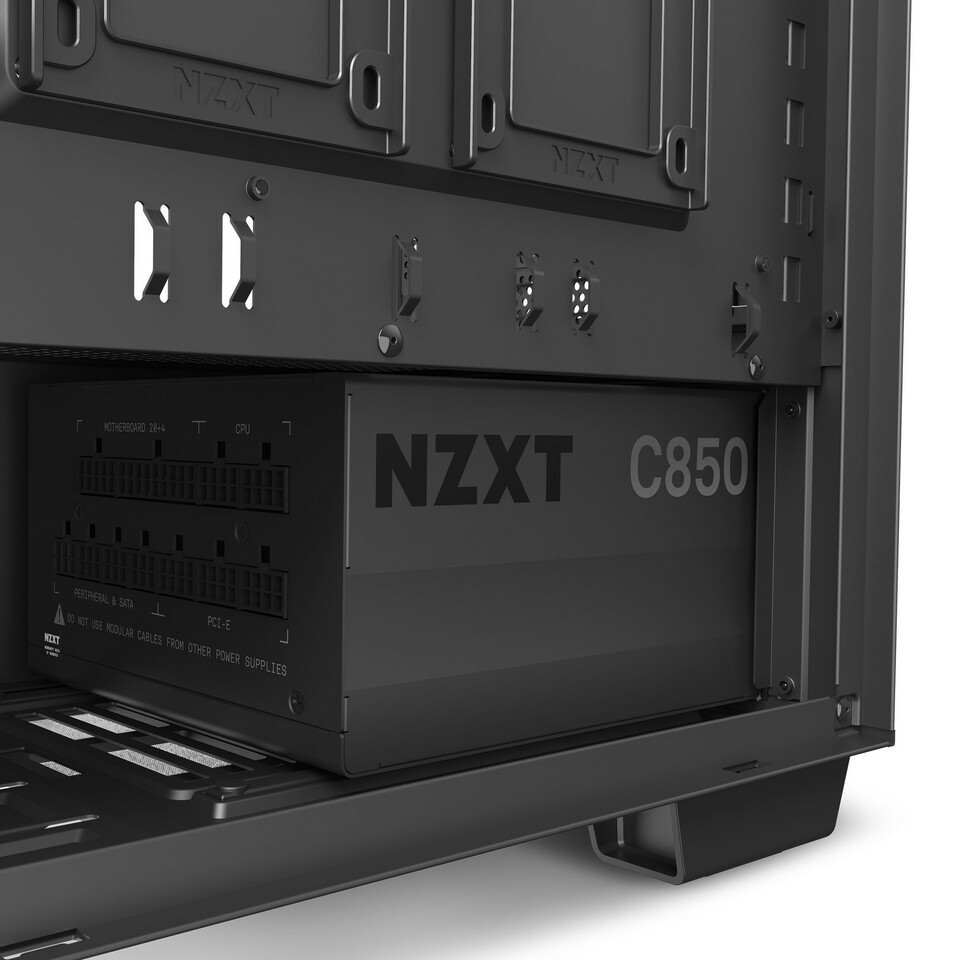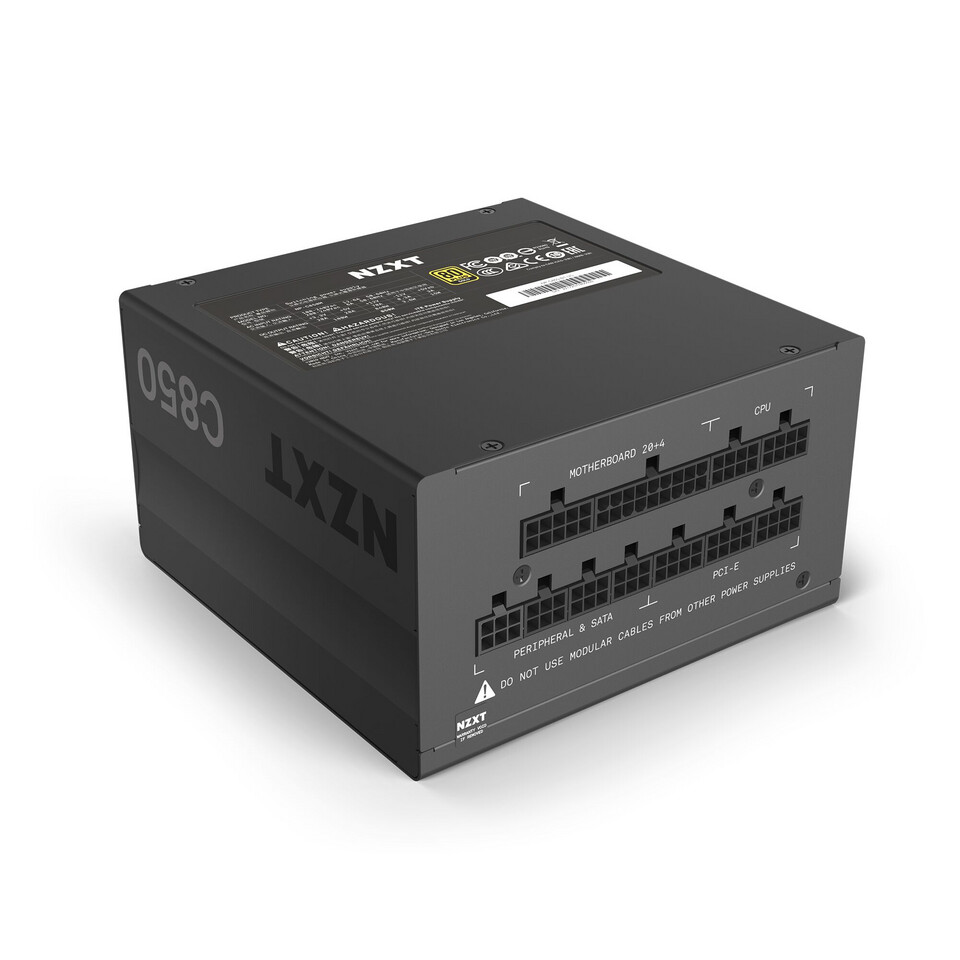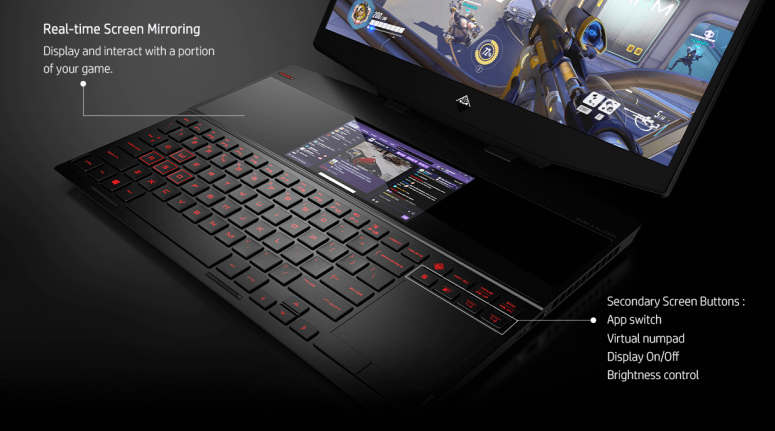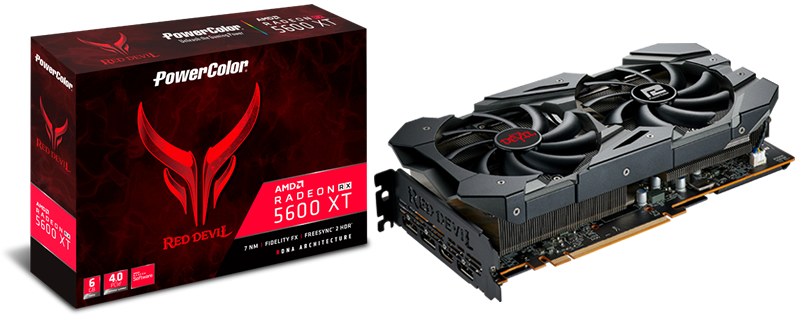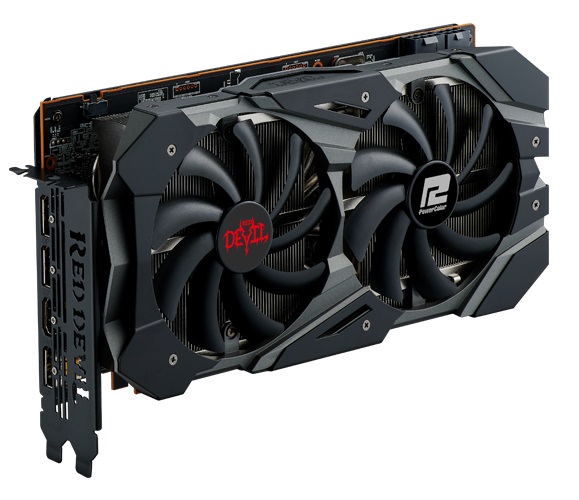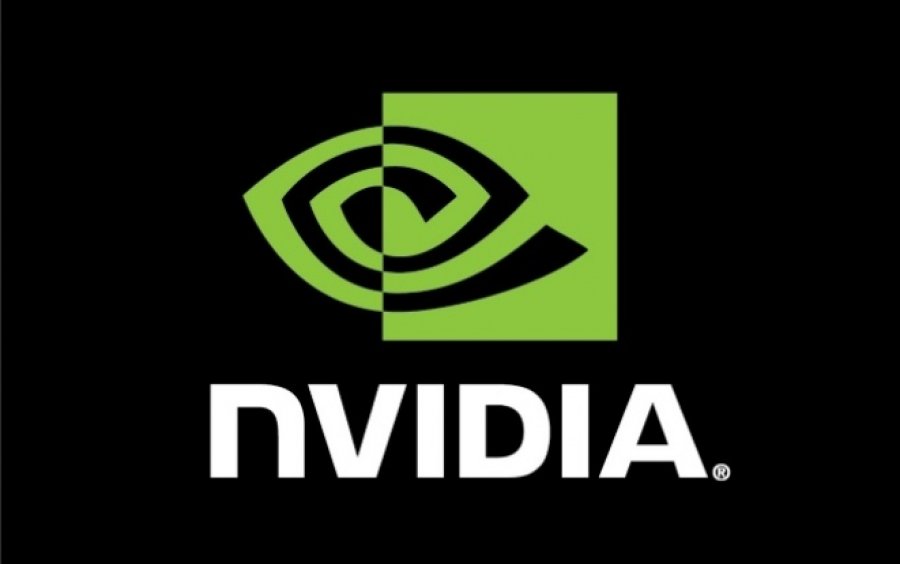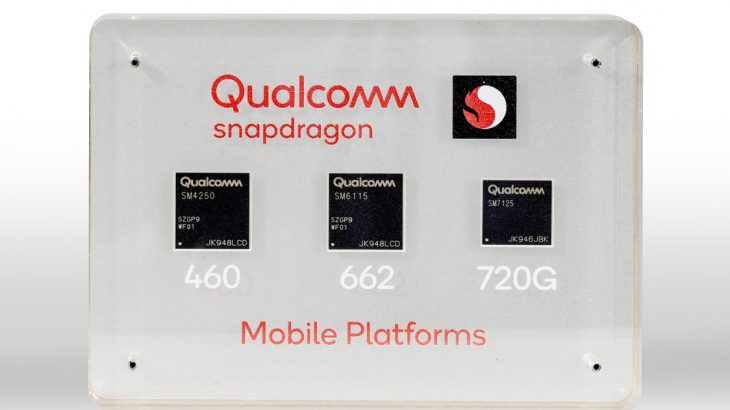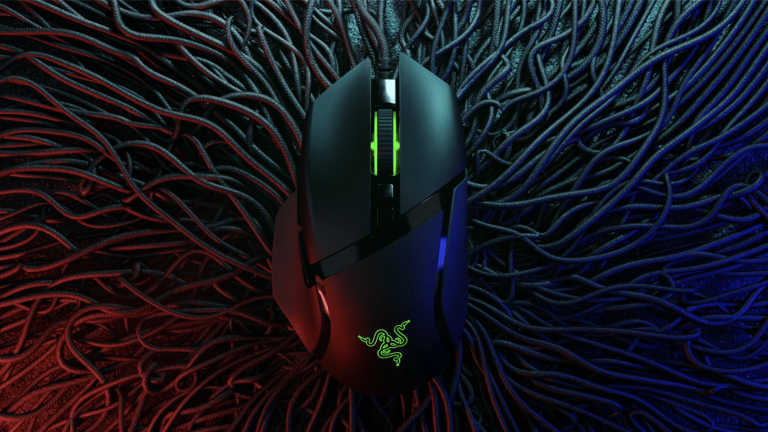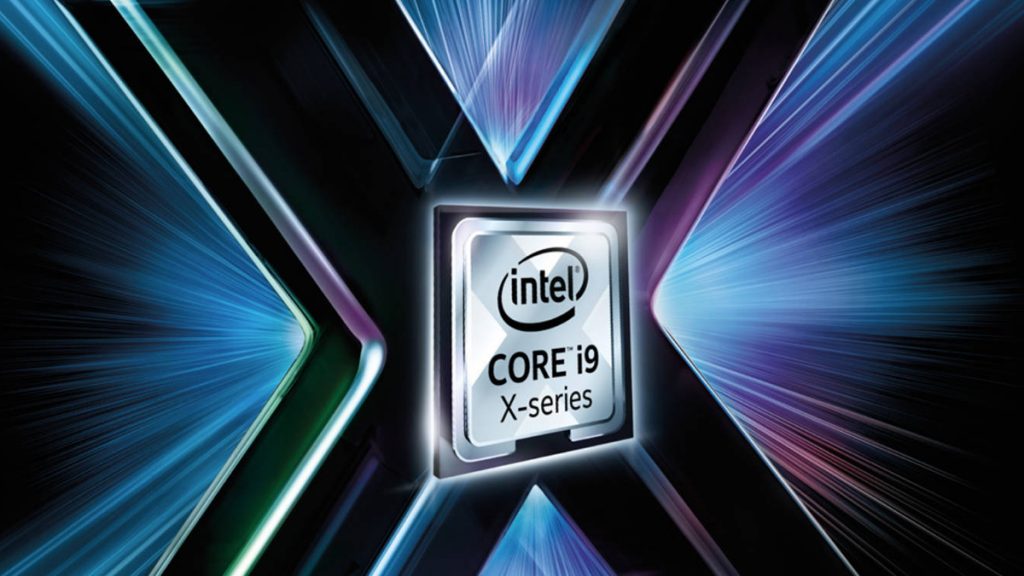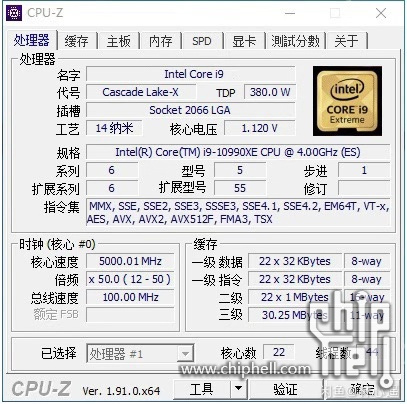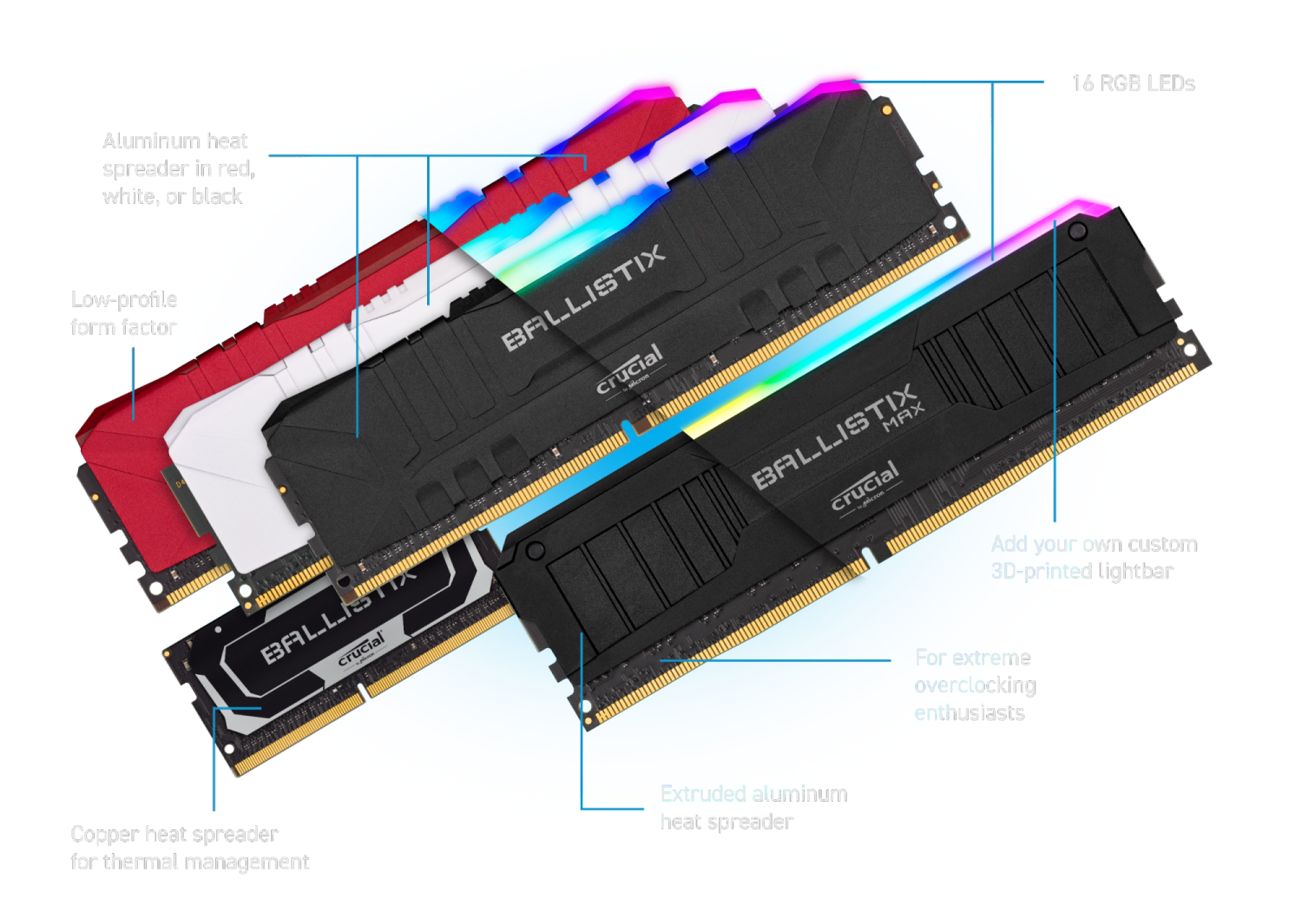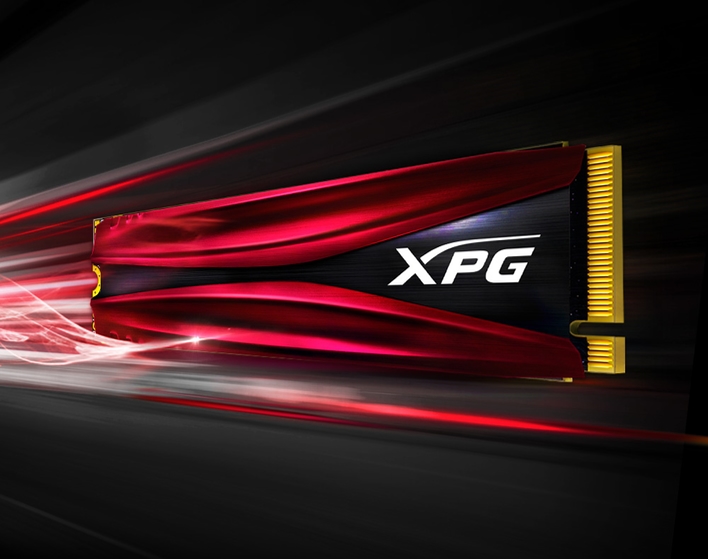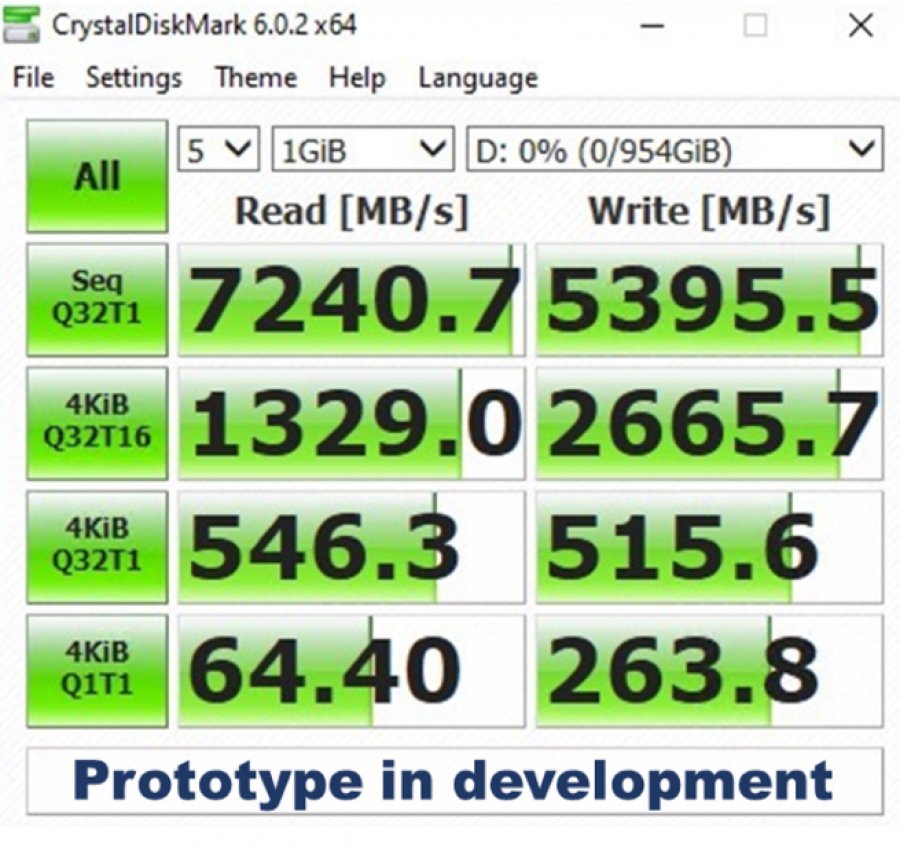NZXT announced the C Series line of 80 plus Gold modular ATX power supplies.
NZXT has announced the ATX C Series PSUs line, created in collaboration with Seasonic, with C650, C750 and C850 models in question.
Supplies are created with the help of high quality components and are backed by a 10-year warranty. The C Series are available in 650w, 750w and 850w variants, have 80 PLUS Gold certification and provide system creators with some options to select supplies that fit their needs.
With 80 Plus Gold certification, C Series supplies deliver efficiency of over 90 percent. These supplies use Japanese capacitors and are designed to last long and have protection from high/low voltage, temperature and other conditions that may affect their performance. Pressing the button enables Zero RPM Fan mode, with which the supply fan is silent in low load conditions. The C Series is suitable for any ATX standard, while the C750 and C650 support NVIDIA GPUs up to the Geforce RTX 2080 Ti and AMD GPUs up to the Radeon VII. The C850 can support the configuration of some graphics cards.
When it comes to pricing, the C650 will cost $110, the C750 will cost $120, and the C850 will be available for $130. The start of the sales period will be announced in the meantime for the global market.
> Read Next: PowerColor presents Radeon RX 5600 XT Red Devil with 14Gbps GDDR6 memory
So what do you think about this? Let us know your thoughts in the comments section below, follow us on twitter and facebook for more news and updates.
